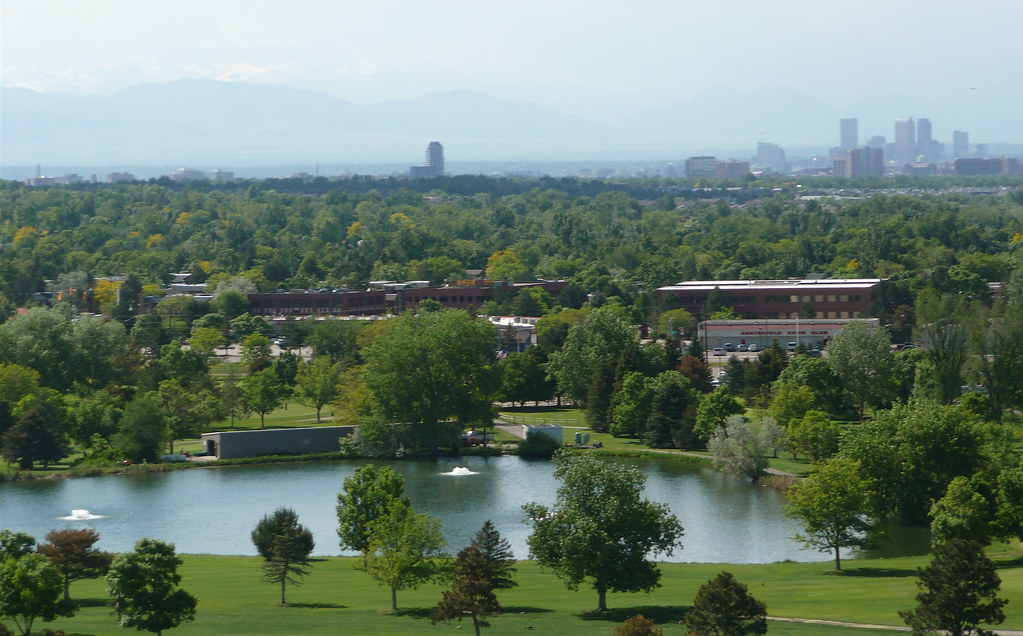The format today will be similar to the “Odds and Ends” series, a veritable pu pu platter of tasty tidbits. However, the primary difference will be that inspiration came almost entirely from the far corners of the 12MC army. I still have several other reader contributions waiting in the wings too. Please be patient if you mailed something to 12MC in the last couple of months. I’ll get to everything eventually.
Killer Explanation

I encountered placenames in Ireland with the prefix “Kil-” nearly everywhere during my recent overseas adventure. These included the towns of Kilkenny and Killarney plus the County of Kildare. So I figured the prefix occurred too frequently to happen by random chance.
Some quick research solved the mystery. In Irish Gaelic the prefix meant “Church.” The same was true apparently for Scottish Gaelic and originally spelled Cill. For example a surname like Kilpatrick might translate as something like the Church of St. Patrick.
It reminded me of the suffix -kill one sees sporadically in eastern areas of the United States originally settled by the Dutch, including parts of Pennsylvania and Delaware. Examples would include the Schuylkill River that flows through Philadelphia as well as everyone’s favorite, the seemingly redundant (although actually not) Murderkill River of Delaware. Kill in this context meant a creek or a riverbed.
Funny how the same basic word could have such drastically different meanings in English, Irish and Dutch.
A Long Way to Go

Then reader Joe wondered about the longest town name in the United States. He came across a resource that suggested Bellefontaine Neighbors (map), a suburb of St. Louis, Missouri. It claimed to have the longest name of any incorporated place in the United States at 22 letters.
But the situation became much more complicated as I explored it. Essentially the title came down to what set of qualifiers one wanted to use. Bellefontaine Neighbors settled on “incorporated place” to stake its claim. So I referred to the US Board on Geographic Names, which offered Winchester-on-the-Severn, Maryland as the longest name with a hyphen (24 characters) and a tie between Mooselookmeguntic, Maine and Kleinfeltersville, Pennsylvania for continuous uninterrupted letters (17 characters) as the longest names for populated places in the United States.
Those of course paled in comparison to Taumatawhakatangihangakoauauotamateaturipukakapikimaungahoronukupokaiwhenuakitanatahu, New Zealand (85 characters) and Llanfairpwllgwyngyllgogerychwyrndrobwllllantysiliogogogoch, Wales (58 characters).
Bellefontaine was pronounced Bell-fount-in, by the way.
Simpson County Offset
Some readers provide both an observation and an explanation. Such was the case with reader Mike. I’d noticed the “Simpson County Offset” before although I had no idea how it could have originated and never pursued it. The roots went all the way back to colonial times and the border between Virginia and North Carolina, a line that extended all the way to the Pacific Ocean, theoretically. Later that line formed the basis of the border between Tennessee and Kentucky, and it wasn’t completely straight because of various surveying errors.
A series of corrections had to be made including within a section separating Simpson County, Kentucky from Sumner County, Tennessee. One particularly cantankerous farmer refused to believe his land could ever be in Kentucky. [link no longer works]
“By 1830 it became obvious that the line was in the wrong place, which is why surveyors were sent to the area to redraw the line. Those surveyors determined about where the boundary line was supposed to be but wisely recommended in their report that the official border be left where it was… However, this didn’t settle the matter. A generation after this survey, … a settler named Middleton continued to claim that 101 acres of his property that protruded into Kentucky was rightfully in Tennessee. Two surveyors sent to the area to settle the dispute in 1859 agreed with him.”
Now we know.
Water for Water

Reader Ken lives near Denver, Colorado and it dawned on him that Cherry Creek Reservoir (map) was an example of a body of water named for a smaller body of water. He wondered if this was unique, or at least unusual.
Fortunately I discovered a number of similar instances in the Geographic Names Information System. It might be interesting to determine the largest water feature named for a smaller water feature. Nothing came to mind off the top of my head. Maybe the 12MC audience has some suggestions.
Parting of the Waters

Richard, who described himself as a “long time reader/lurker” mentioned the Parting of the Waters (map). So this was very interesting. Deep in the Bridger-Teton National Forest of Wyoming, [link no longer works] “North Two Ocean Creek flows down from a plateau, slams into the Continental Divide in the form of the summit ridge of Two Ocean Pass and then splits into two: the aptly named Atlantic Creek and Pacific Creek.” At that spot, water flowing down from Two Ocean Creek stood about an equal chance of ending up either in the Atlantic watershed or Pacific watershed.
It got me to ponder how a seemingly innocuous twist of fate could produce vastly different outcomes.

Leave a Reply